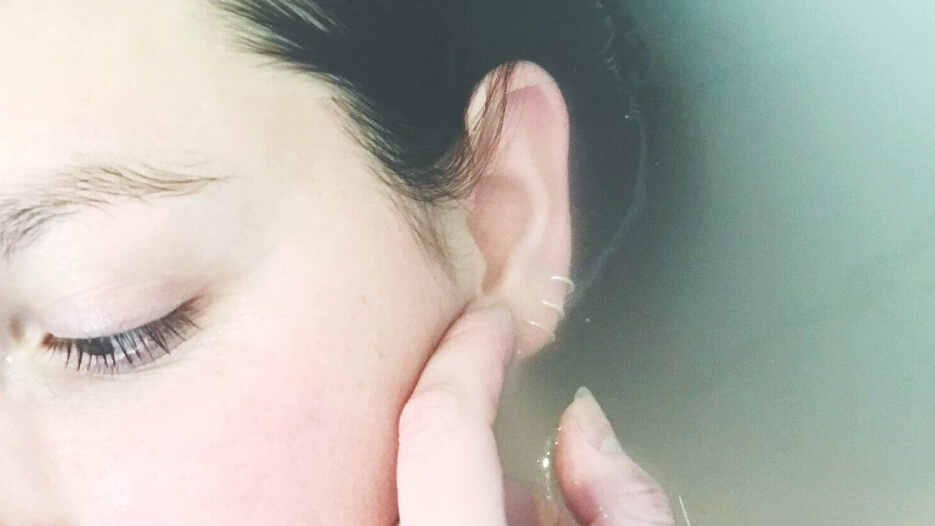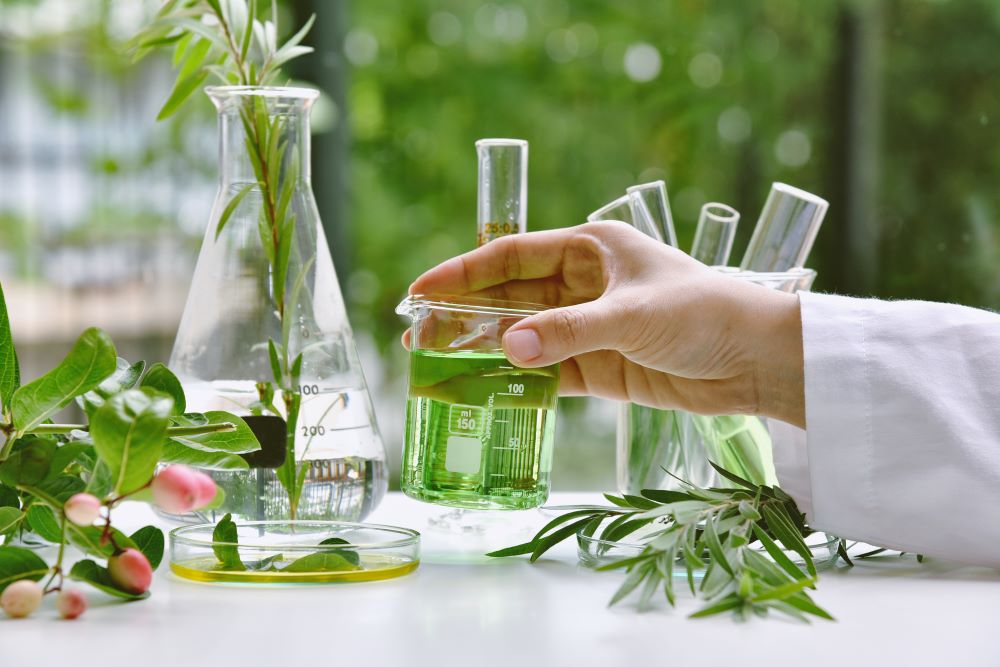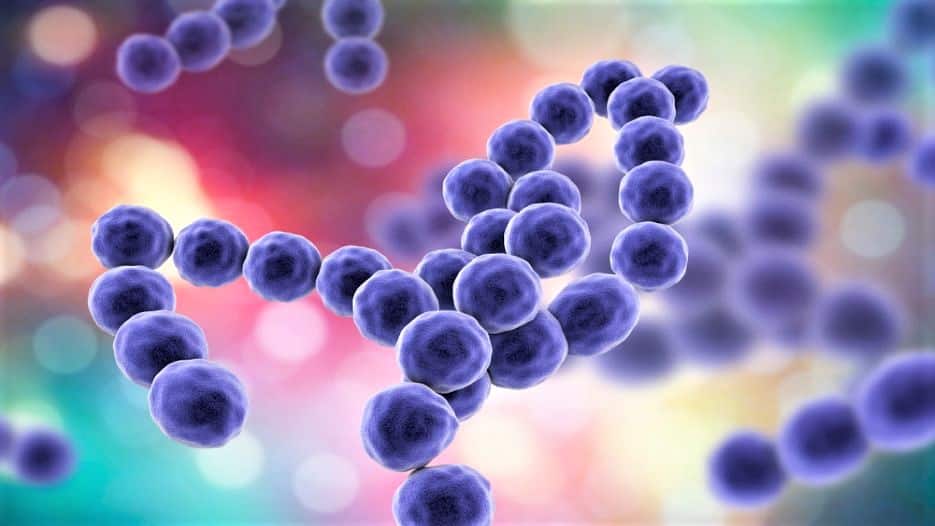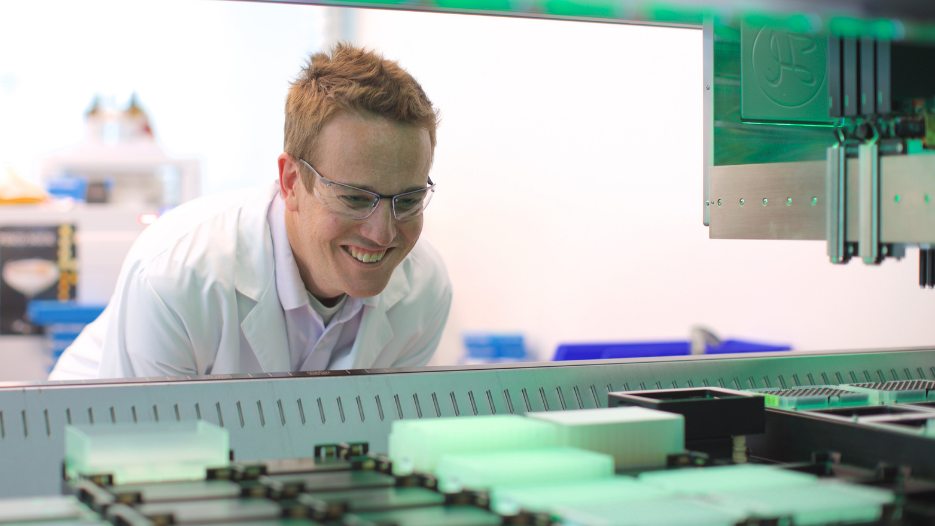The Skin Microbiome – Part I

Your skin is covered in microorganisms. The average person has around 1,000 different species of microorganisms, from bacteria to fungi, living in and on their skin. These organisms are collectively known as the skin microbiome. When properly balanced, this microbiome helps protect your body.
The skin microbiome is complex, so we’ll take a closer look in this post about its function, how it helps you, what happens when it’s disrupted, and how you can help keep it healthy.
What is the Skin Microbiome?
The skin microbiome is comprised of a vast array of microorganisms living in and on your skin that possess beneficial properties to help keep you healthy.
You’ve likely seen commercials talking about your gut microbiome and the importance of good gut bacteria. When the right bacteria exist in the proper amounts, this system functions more effectively, as research is continuing to reveal.
The skin microbiome is similar. However, unlike the gut which has an abundance of nutrients and provides everything bacteria need to grow, the skin is like a desert. Microorganisms living on the skin had to adapt to this environment and thus, have unique properties that can provide important health benefits.
From a microorganism’s point of view, skin is dry, has a high amount of salt, an acidic pH, and there are minimal nutrients available for them to grow. Despite this, the microorganisms living on your skin have each found a way to thrive in this barren environment and help protect you and your skin.
Some organisms are found in hair follicles, others in areas of higher pH such as skin folds, and still others in the sebaceous glands. This means that each part of your body has a different flora, or group of microorganisms. For example, the ecosystem in your feet is different from that under your arms, or on your face.
Since we’re all unique, there are also physiological differences from person to person, and no two individuals are the same when it comes to their microbiome. While we may all have similar microorganisms on our skin, the amount of each and location is often different in each person.
How Your Skin Microbiome Is Beneficial
The skin is the largest organ in the body. This makes it the first line of defense against “attacks,” or foreign materials and pathogens which can enter and harm the body’s complex internal systems. Such threats are environmental stressors (heat, sun), physical “attacks” (foreign objects) or biological “attacks” (bacteria and microbes.) The skin microbiome serves to protect against these and behaves as a barrier to these attacks. In this way, it helps with skin health. And that’s not all: The microbiome also helps to keep skin hydrated and supple, which can make it more difficult for outside invaders to enter and harm the body.
As mentioned, the microorganisms living on your skin had to adapt to the arid, cool environment. Pathogenic, or bad bacteria, struggle to survive in the same conditions. They aren’t able to grow as quickly, allowing the good flora on your skin to crowd them out, thus protecting your body.
There is also some indication that the microbiome can block allergens and environmental toxins like UV rays from reaching the skin, but more research is needed.
Lastly, your biological flora helps keep your skin hydrated and supple by preventing evaporation. This has the added benefit of preventing dry, cracked skin that creates openings for contaminants to enter the body.
What happens if the Microbiome is Disrupted?
There are many factors that can affect the skin microbiome including cleansers, use of antimicrobial products (including topicals), hormones, and even what you eat.
When the microbiome becomes disrupted, good bacteria can become bad through overgrowth, or multiplying in the wrong areas of the body. When this happens, it can cause damage including skin irritation such as acne or eczema.
In the case of acne, increased production of sebum appears to fuel the growth of the bacteria C. acnes. C. acnes is part of your normal flora, but when it grows out of control, it can lead to inflammation.
While scientists continue to study the link between the microbiome and disease, it’s clear that balance is important and disrupting the skin microbiome through vigorous cleaning, antibiotics, or harsh chemicals can be detrimental.
How to Keep your Skin Microbiome Healthy
The best way to keep your skin microbiome healthy is to use gentle cleansers without soaps, limit the use of antimicrobial products, drink plenty of water and eat good foods.
Skincare products have advanced in recent years as the industry has become more aware of the skin microbiome and the need to help keep it healthy. There are now skincare lines that help maintain proper balance of the skin microbiome, as well as gentle options for cleansing and moisturizing.
There are some organizations offering skin microbiome testing and certification. While there is no official industry standard, the fact that some companies have done this additional testing may be something to consider when seeking out products.
The Skin Microbiome – What We Know So Far
We are just at the beginning of understanding the skin microbiome and learning how specific ingredients, such as cannabinoids, can help benefit this important ecosystem to help keep us healthy.
At Demetrix, we are dedicated to the study of cannabinoids and excite by the promise they hold for human health and wellness.
Want to learn more? Read The Skin Microbiome-Part 2 where we explore the relationship between our gut and skin microbiomes and the role of prebiotics and probiotics.






